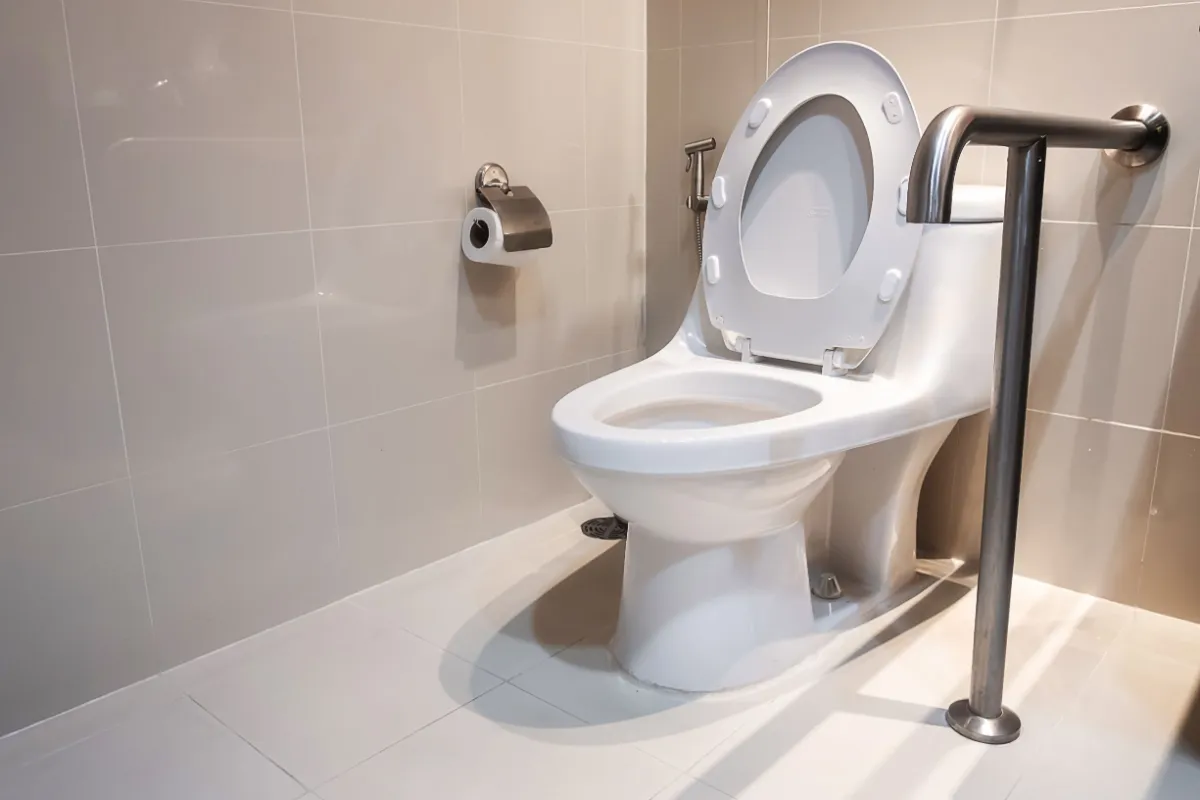Keeping yourself safe from bathroom illnesses
Precautions to stop the spread of disease in restrooms are always a good idea. In a public restroom, wipe the toilet seat clean before using it. To avoid direct touch with your skin, you can also use toilet paper or a toilet seat cover. Take care when you sit so that your genitalia do not come into direct contact with the seat.
You should wash your hands after using the restroom, but not everyone does. To prevent the spread of norovirus, make sure your hands are thoroughly washed before you leave the bathroom.
Use a paper towel or an air drier to pat dry your hands after washing them. To turn off the faucet, do not contact it with your hands again. To exit the restroom, turn off the water with a paper towel if you can, then open the door handle. If it isn’t feasible, shut off the faucet with your elbow. Additionally, open the door with your foot or elbow.
Paper towels are not available in every restroom. Keep tissues on hand as a precaution. To stop the spread of disease, keep one in your palm whenever you come into contact with surfaces in the restroom.
Discuss your symptoms with your doctor as soon as possible if you believe you may have an STD or another condition. The secret to recovering rapidly is early therapy. Untreated sexually transmitted diseases can result in additional health issues.
Disease-causing microorganisms and viruses
In addition to STDs, you might be concerned about other pathogens that cause illness. Like sexually transmitted diseases, the majority of viruses and bacteria do not survive long on the cold, hard surfaces found in restrooms.
For example, the common cold virus doesn’t transmit easily by touching surfaces. You are more likely to get illness-causing viruses and bacteria from personal touch with another individual.
You can also catch sick if someone close is unwell and they cough or sneeze.
STDs caused by bacteria
These illnesses include syphilis, gonorrhea, and chlamydia. The mucous membranes of your mouth, anus, vagina, and penis are home to bacteria that cause sexually transmitted diseases. However, they are unable to endure long periods of time outside of mucous membranes.
Sexually transmitted diseases
If an STD is viral, it can infect additional skin cells in addition to the mucous membranes. The viruses that cause sexually transmitted diseases can live on porous skin close to your mucous membranes, but they don’t spread very far. Among the viral STDs are:
Herpes simplex in Hepatitis BHIV stands for human immunodeficiency virus.
HPV, or human papillomavirus
STDs caused by parasites
Live parasites such as pubic lice, commonly known as crabs, and trichomoniasis are the source of certain sexually transmitted diseases. The following surfaces can harbor parasitic STDs:
Seats for toilets
Clothes
blankets
bedsheets
and towels
The only way to contract a parasitic sexually transmitted disease is if your genitalia come into direct contact with a toilet seat that has a live parasite on it. This can happen in rare instances because parasites do not survive long on hard surfaces like toilet seats, but they do outlive bacteria and viruses.

